Knife sharpening
Summary
A sharp knife can help make life easier sometimes. In this page there is basic information about sharpening and an idea for making a DIY sharpening jig.
Sharpening steel
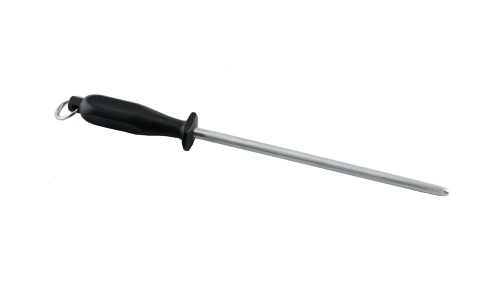
This tool is not intended for knife sharpening. It helps retain a sharp edge by re-aligning it. The edge slides across it and if proper technique is used helps re-align a damaged edge. It does not remove any material from the knife.
The sharpening steel is a rod of hardened steel or sometimes ceramic materials.
Sharpening stones
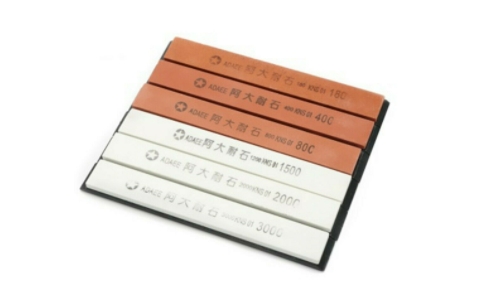
This is the main tool used to sharpen knives. The sharpening stones are usually used in groups, progressively, from rougher to finer. The rougher stones help remove more material, while the finer ones give a sharp finish.
Although some types of natural stones can be used for sharpening, nowadays most are made artificially because it is cheaper. Sharpening stones are made of grains of hard material bond together through the process of sintering.
Sharpening angle
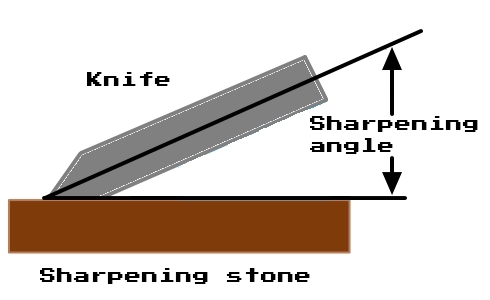
The sharpening angle is the angle between a face of the edge and the side of the knife. The smaller the angle the sharper the edge. Unfortunately, a small angle also means low edge retention. Sharp edges are more fragile and get damaged easily.
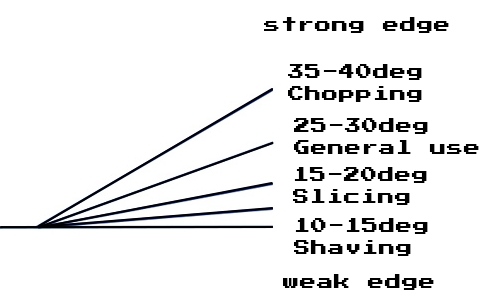
Retaining the sharpening angle
When sharpening a knife on a stone, retaining a constant sharpening angle can be challenging. There are several ways to ensure that the sharpening angle remains constant.
A plastic angle guide can be placed beneath the knife to ensure the sharpening angle remains constant.
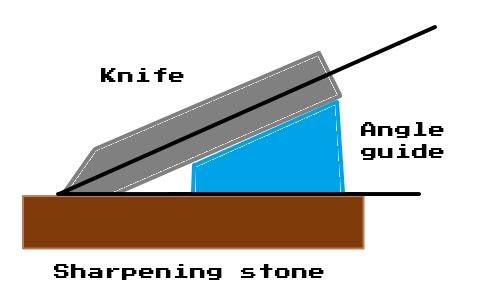
There are also some special jigs called fixed angle sharpeners. On these jigs, the knife is secured in place and some rods guide the sharpening stones and position them at the right angles for sharpening.
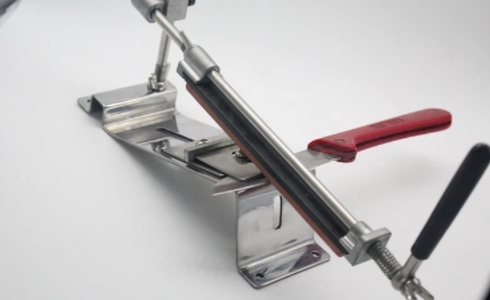
DIY fixed angle sharpener
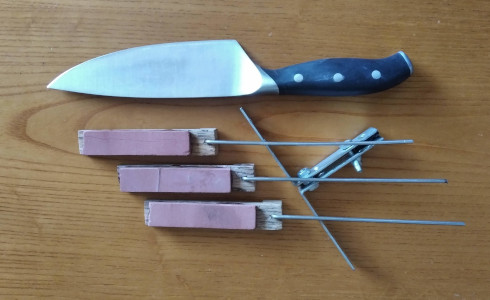
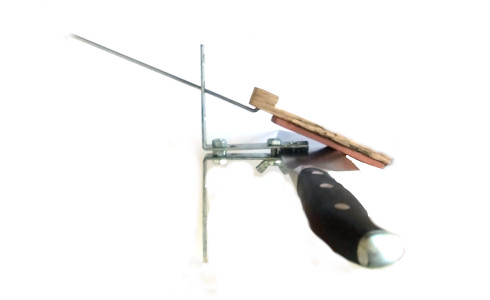
This is a schematic of the built:
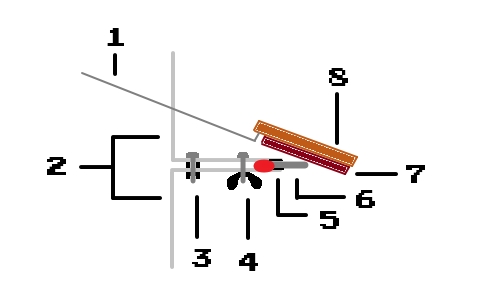
- Steel rod
- A couple of shelf mounts
- Bolt and nut
- Bolt and butterfly nut
- Soft plastic material for gripping the knife
- The clamped knife
- Small sharpening stone approximately 2x1x10 cm in size
- Piece of wood approximately 2x2x10 cm in size
Epoxy glue is used to join the wood to the stones and the plastic pieces to the steel shelf mounts
After joining the two shelf mounts together, a hole is made on the top half at the appropriate height. The guide steel rod passes through the hole during sharpening and helps retain tha angle between the sharpening stone and the knife.
Most of the time, a knife with an edge angle of about 28° is ideal for every day use. At that angle the knife will not be razor sharp but still sharp enough to cut any food with ease and the edge will last for months (depending on use).
This video is an example of using a sharpener like this one - video example.
Edge retention
While a big edge angle does help retain its sharpness, also important is taking care of the knife while storing and using it. In many cases, taking good care of a knife is a bigger factor than its edge angle when it comes to retention. One must be mindful of how fragile the edge of a knife is. The knife should be used and stored with care. That will greatly increase the lifespan of a sharpened edge.
